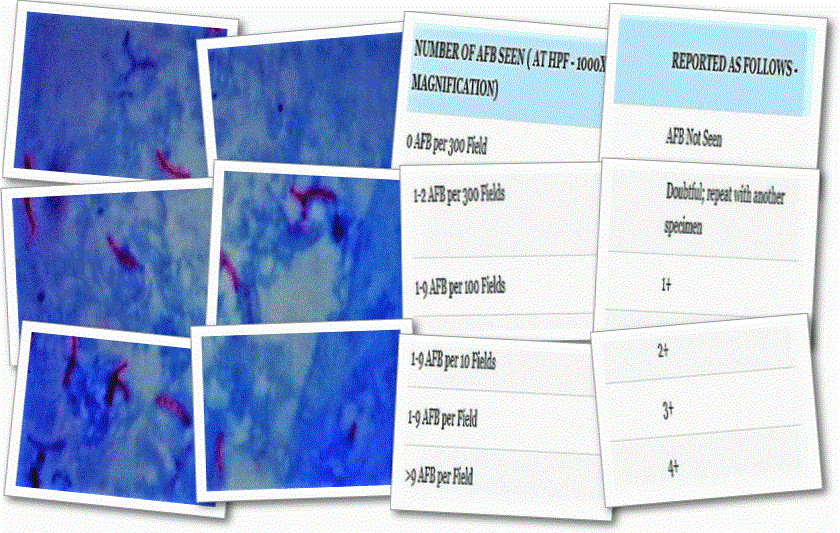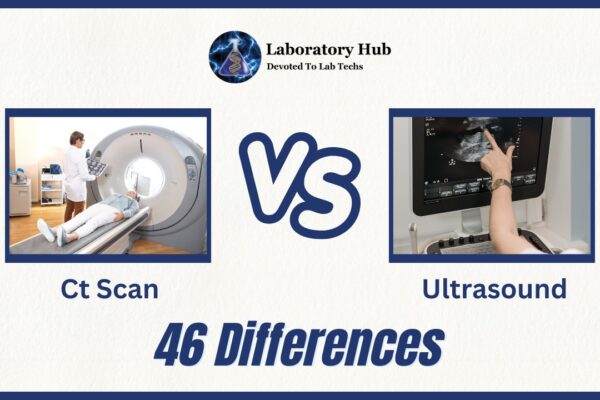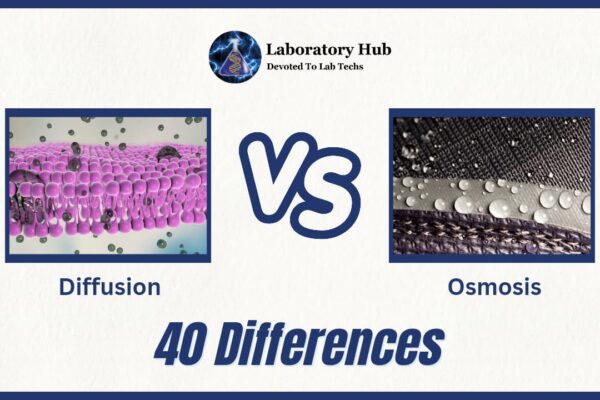Reporting Of AFB (Acid Fast Bacilli) In Sputum Smears
Hey, Good to see you here 😀 …… In this Article, We’re gonna discuss the Interpretation of Results of AFB Staining in Sputum Specimen and thereafter Reporting of Results….. If you have any queries, don’t forget to mention in Comments….. Thanks
Acid-fast staining is the most commonly used staining technique for the identification of Mycobacterium species especially the Mycobacterium tuberculosis in the sputum samples.
After making an Acid fast stained smear of the specimen a Laboratory technologist has to carefully observe under the microscope for the Red-colored Thin, Beaded curved rods which is a characteristic morphology of Mycobacterium tuberculosis and thereafter counting the no. of bacteria observed per High Power field (HPF) of the microscope.
In this Article, I’m gonna explain in detail about the Interpretation and Reporting of AFB in Acid Fast Staining Results….
The Interpretation Of Acid Fast Staining Results
[wp-svg-icons icon=”point-right” wrap=”i”] The appearance of Acid Fast Bacilli / Bacteria – Red, straight or slightly curved rods, occurring singly or in small groups, may appear beaded curved rods.
[wp-svg-icons icon=”point-right” wrap=”i”] The appearance of Non-Acid fast bacteria and other Cells in the Specimen – Green Colored (if you are using the malachite green as counterstain) or Blue colored (if you are using the Methylene blue as counterstain)
[wp-svg-icons icon=”point-right” wrap=”i”] The appearance of Background – Green colored (if you are using the malachite green as counterstain) or Blue colored (if you are using the Methylene blue as counterstain)

The Reporting Of Afb In Acid Fast Staining Results
[wp-svg-icons icon=”point-right” wrap=”i”] For precise and accurate reports of the test, the Acid fast stained smears are observed at least for 300 High Power Fields (HPF) before reporting. After observing the 300 HPF the Reporting is done as per the no. of AFB observed which is as follows:
When no AFB is seen after examining 300 fields –
[wp-svg-icons icon=”point-right” wrap=”i”] Report the Examined smear as ‘AFB NOT SEEN’. Don’t report it as ‘Negative’ because organisms may be present but not seen in those fields which were examined.
[wp-svg-icons icon=”point-right” wrap=”i”] Up to three specimens (collected as an early morning specimen) may need to be precisely and accurately examined to detect Mycobacterium tuberculosis in sputum specimen.
When any definite AFB are seen –
[wp-svg-icons icon=”point-right” wrap=”i”] Report the smear as ‘AFB POSITIVE’, and give a grade to the observations as per the no. of bacteria seen which is described below:
[table id=96 /]
When very few AFB are seen –
[wp-svg-icons icon=”point-right” wrap=”i”] Sometimes when only one or two AFB is seen in the Acid fast stained smears, request for a further specimen to examine for the confirmation of the test.
[wp-svg-icons icon=”point-right” wrap=”i”] This is because In Tap water and in deionized water (deionized using ‘old’ resin) sometimes contains AFB that resembles tubercle bacilli, and occasionally stained scratches on a slide can be mistaken for AFB.
[wp-svg-icons icon=”point-right” wrap=”i”] Moreover, AFB can be transferred from one smear to another when the same piece of blotting paper is used to dry several smears, which is usually avoided as it increases the chances of erroneous results.
Frequently Asked Questions (FAQs)
A sputum AFB result is interpreted based on the presence or absence of acid-fast bacilli in the sputum sample. If AFB are present, the sample is considered positive and further testing may be needed to determine the type of mycobacterium present. If AFB are not present, the sample is considered negative.
Acid-fast bacilli (AFB) on a sputum smear refer to mycobacteria that have been stained using an acid-fast staining technique. AFB are resistant to decolorization by acid alcohol, allowing them to be visualized microscopically.
Acid-fast bacilli are read under a microscope using a high-power lens. They appear as bright, reddish-pink, rod-shaped organisms against a blue background. The number and distribution of AFB in the sample are also noted.
AFB smears are typically graded based on the number of AFB seen per high-power field. The grading system varies depending on the laboratory, but generally ranges from 0 (no AFB seen) to 3+ (numerous AFB seen in most fields).
A positive acid-fast bacilli result indicates the presence of mycobacteria in the sputum sample. Further testing, such as culture and drug susceptibility testing, may be needed to identify the specific type of mycobacterium and determine appropriate treatment.
There is no normal range for AFB, as their presence in a sputum sample is indicative of a potential infection with mycobacteria. However, the number of AFB seen on a smear can provide information about the severity of the infection.







